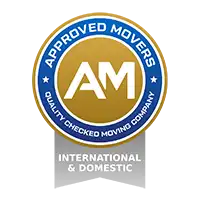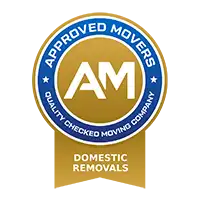
The Best Ways to Make Your Website More Accessible
Why Accessibility is Crucial for Your Website
In the ever-evolving realm of website optimisation and visitor acquisition, ensuring that your website is accessible is a fundamental, yet sometimes overlooked, aspect. Accessibility not only enhances the user experience for those with disabilities but also broadens your potential audience, strengthens your SEO efforts, and helps you stay compliant with legal standards where applicable. Here’s how to make your website more accessible quickly and easily.
The Importance of Accessibility
Accessibility is essential for several reasons:
- Expanded Audience: An accessible website reaches a larger audience, including those with disabilities who might otherwise be excluded.
- Enhanced User Experience: It improves the navigation and usability of your site for everyone, making it more user-friendly.
- SEO Benefits: Accessible websites are often better optimised for search engines.
- Legal Compliance: In many regions, laws require a certain level of website accessibility, helping you avoid legal complications.
The Web Accessibility Initiative (WAI) has been championing this cause for over two decades, and platforms like WordPress, used by a significant portion of websites, have integrated accessibility into their core functionalities.
Defining Accessibility
Various impairments and conditions can affect a user’s ability to navigate a website:
- Visual Impairments: Colour blindness, low vision.
- Hearing Impairments: Deafness or hearing loss.
- Cognitive Disabilities: Conditions affecting memory, learning, or concentration.
- Photosensitivity: Sensitivity to flashing or bright lights.
- Motor Skills: Difficulties with physical movements.
- Physical Disabilities: Conditions that affect physical ability.
Many users rely on assistive technologies like screen readers or alternative keyboards to interact with websites. Making your site accessible means ensuring compatibility with these tools.
Easy Ways to Improve Accessibility
- Choice of ColourEnsure that your website’s colour scheme does not hinder readability. Text should contrast strongly with the background to ensure clarity for users with colour blindness or low vision. Tools and browser extensions can help you check colour contrast and simulate how your site appears to colour-blind users.
- Alt Text for ImagesAdd descriptive alt text to all images on your site. This not only helps with SEO but also provides descriptions for users who rely on screen readers. Alt text should be concise and convey the image’s content or function.
- Use of HeadersStructure your content with appropriate headers (H1, H2, H3, etc.). This helps screen readers navigate your site more effectively and improves overall content organisation. Use one H1 per page and organise subheadings logically.
- Keyboard NavigationEnsure that your website can be fully navigated using a keyboard. Many users with disabilities rely on keyboard shortcuts and navigation keys rather than a mouse. Test your site by navigating through it using only the Tab key to ensure that all interactive elements are accessible.
- Mobile FriendlinessWith the increasing use of smartphones, having a mobile-friendly design is crucial. A responsive design that works well on mobile devices not only enhances user experience but also aligns with accessibility standards and improves SEO. Tools like Google’s Mobile-Friendly Test can help you assess your site’s mobile compatibility.
Conclusion
Improving website accessibility is a straightforward process that can yield significant benefits. By focusing on colour choices, alt text, header structure, keyboard navigation, and mobile friendliness, you can create a more inclusive web experience that supports all users and aligns with best practices in web design and SEO. Remember, accessibility isn’t just a technical requirement; it’s a commitment to ensuring that everyone has equal access to your content.





